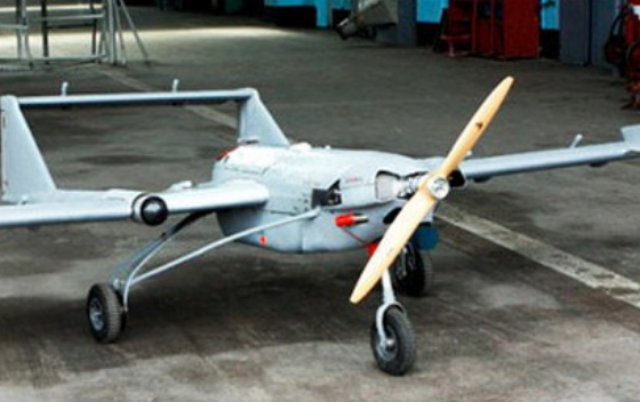 In August, the Minsk Aircraft Repair Plant presented an unmanned aircraft system known as “Philin” together with unmanned aircraft “Sterkh-BM”. The presentation was made following completion of the first stage of production flight test that included automatic take-off, en-route flight and landing.
In August, the Minsk Aircraft Repair Plant presented an unmanned aircraft system known as “Philin” together with unmanned aircraft “Sterkh-BM”. The presentation was made following completion of the first stage of production flight test that included automatic take-off, en-route flight and landing.
According to CEO Evgeni Vajtsekhovich, Cuba is interested not only in acquisition of a Belarusian UAS but also in establishing a joint assembly manufacturing of the aircraft in Cuba as reported by Naviny.
The Head of the plant reckons that for Minsk Aircraft Repair Plant this project can be a way to enter Latin American markets. Evgeni Vajtsekhovich said that Belarus can set up assembly manufacturing of such UAS in Cuba and that the technical data of “Sterkh-BM” was already sent to Cuba.
Presented on August 9th, the unmanned aircraft is designed to monitor distant areas of land and water surfaces as well to tow aerial targets.
As the manufactures claim, this hi-tech product is the first not only in Belarus but in the CIS countries as well.
Minsk Aircraft Repair Plant has all that it takes for industrialization: technologies, qualified specialists, production facilities, and long experience in aircraft, as CEO of the enterprise Evgeni Vajtsekhovich stated during the presentation. At the moment Belarusian UAS is assembled in pilot mode with 15 people engaged. It takes six months to produce one unmanned aircraft.
Industrialization of “Sterkh-BM” is planned to launch in 2013. So far, a couple of UAS were assembled, while in the future up to ten aircraft are expected to be manufactured.
For the time being, the company intends to manufacture UAS by Belarus state authorities’ orders and to introduce the aircraft into African and South American countries.
“Sterkh-BM” weights 65 kg and has a 3.8-meter wingspan. It is equipped with gasoline piston engine and has up to 120 km/h of cruising speed. The maximum speed of the aircraft is 200 km/h, the maximum flight distance is 240 kilometers, and the best flight ceiling is three kilometers.
Source: Telegraf By
